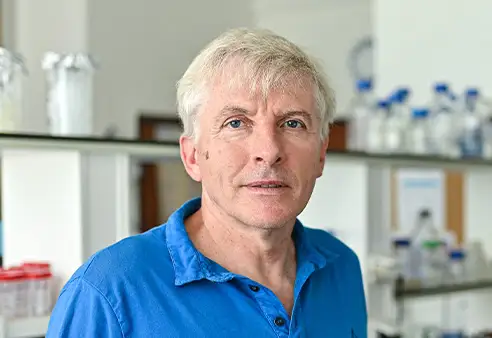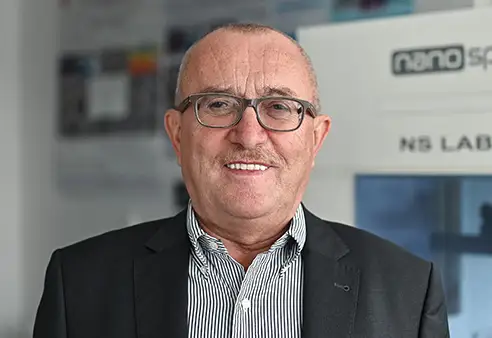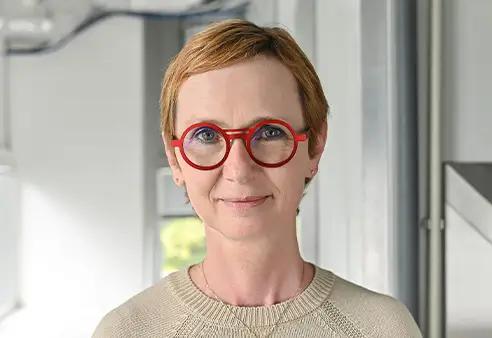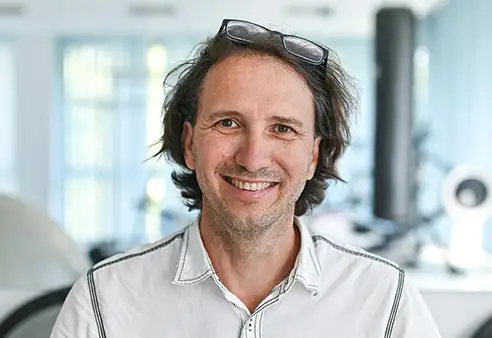The study of quantum materials pushes us to the threshold of the second quantum revolution. This is exactly the field of study of the theoretical physicist RNDr. Martin Gmitra, PhD. He works at the Institute of Physical Sciences of the Pavel Jozef Šafárik University (UPJŠ) in Košice.
Martin Gmitra studies electron structure in quantum materials, more specifically, in atomically thin materials. The theory of quantum mechanics originated in the early 20th century and helps to describe the properties of matter that determine electrons and their interrelationships in its atoms.
New discoveries in this area often undermine the notions we learnt in physics in high school, but at the same time they have the potential to push human technological progress forward once again. For example, the discovery of the existence of topological insulators, which are conductive in a special way, may in the future contribute to a new generation of energy-efficient electronics. Thanks to the specific arrangement of the atoms on the surface of these materials, the current can flow in the thin layer of their surface without resistance. Quantum mechanics can also explain this.
As a theoretical physicist, Martin Gmitra focuses mainly on basic research, but it opens up new horizons on how quantum materials can be actually used. "A very important and long-term technological dream of humanity is to create a quantum computer," explains Martin Gmitra, adding that the effort to study quantum materials is in principle a search for a suitable material so that we can set up its individual elements.
A quantum computer could perform demanding optimisation operations or simulations of complex systems. This can be used, for instance, when looking for new drugs. "Naturally, those computers already exist, but they work on a small, academic scale," says the scientist, whose dream is to live to see their practical use.
Martin Gmitra studied physics at UPJŠ in Košice. After defending his dissertation, for 13 years he completed a number of stays abroad, which had a major impact on his scientific career, for example in the Czech Republic, Poland and Germany. Thanks to this, he had the opportunity to collaborate with the most renowned world physicists , such as professors Jozef Barnaś, Jaroslav Fabian and Albert Fert, the Nobel Prize in Physics laureate in 2007. Through his research, he contributed to clarifying or verifying several physical phenomena and theories.
Martin Gmitra doesn't have much free time, but when he finds some, he likes to spend it working in the garden. There’s nothing like picking your own hand-grown tomato from the garden and eating it.



